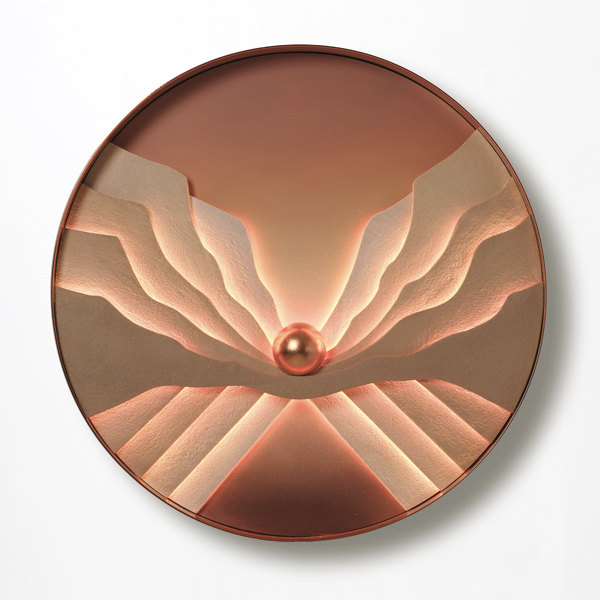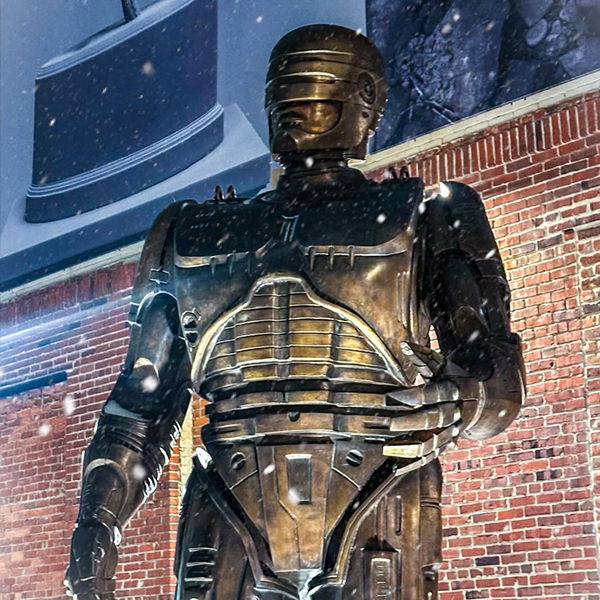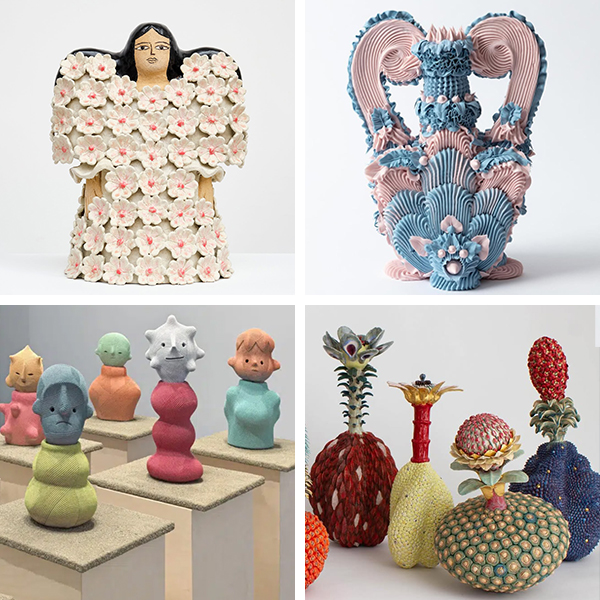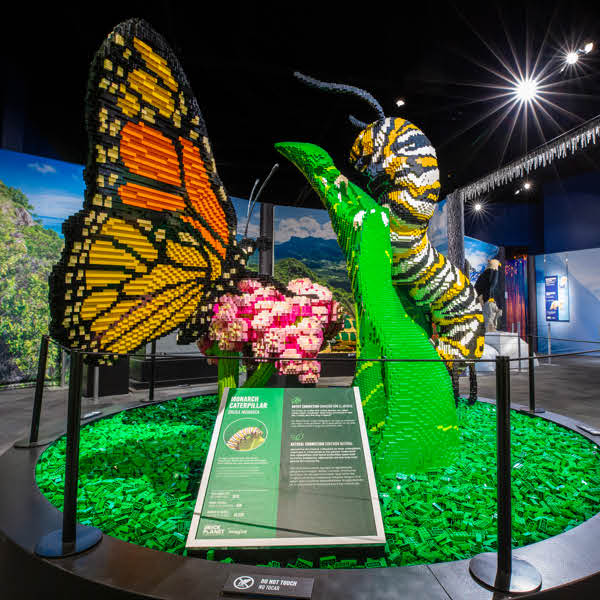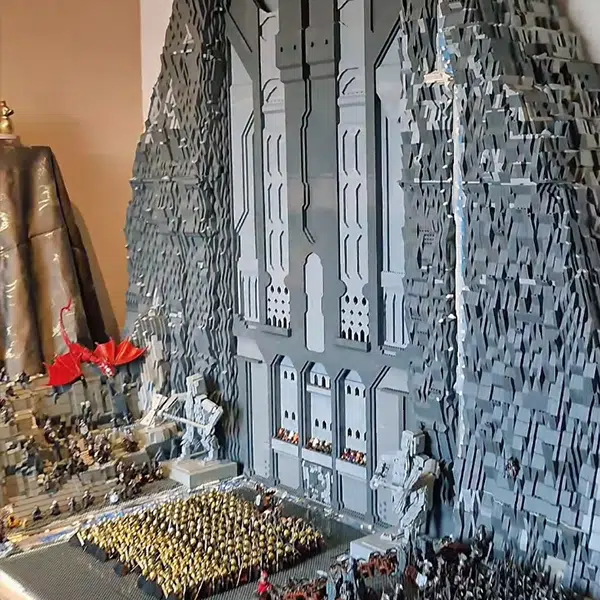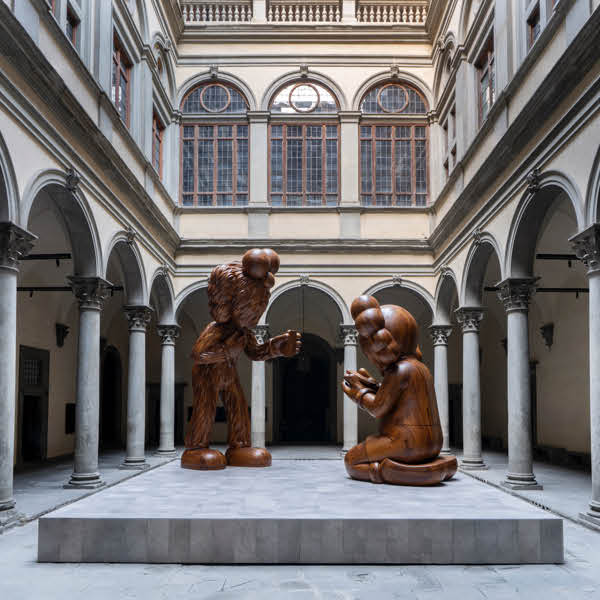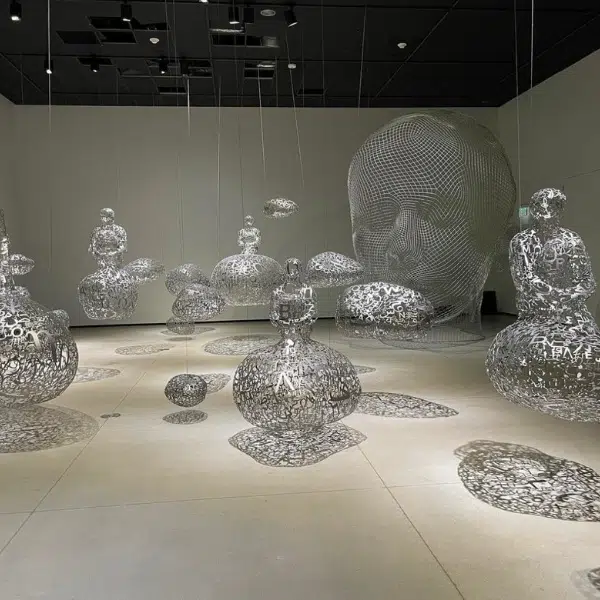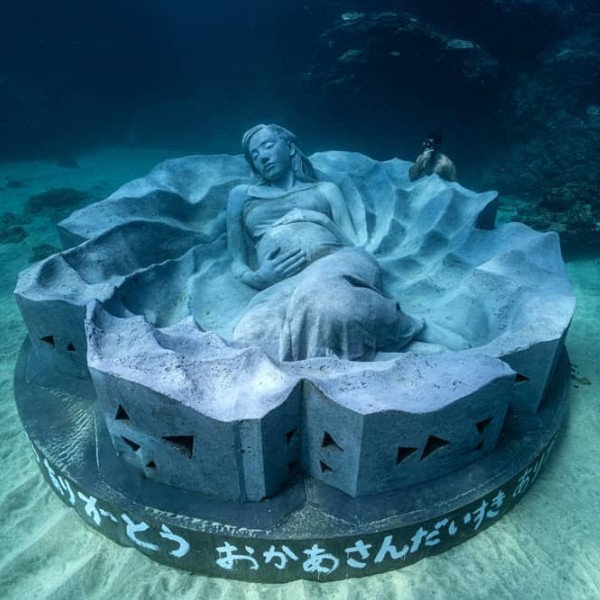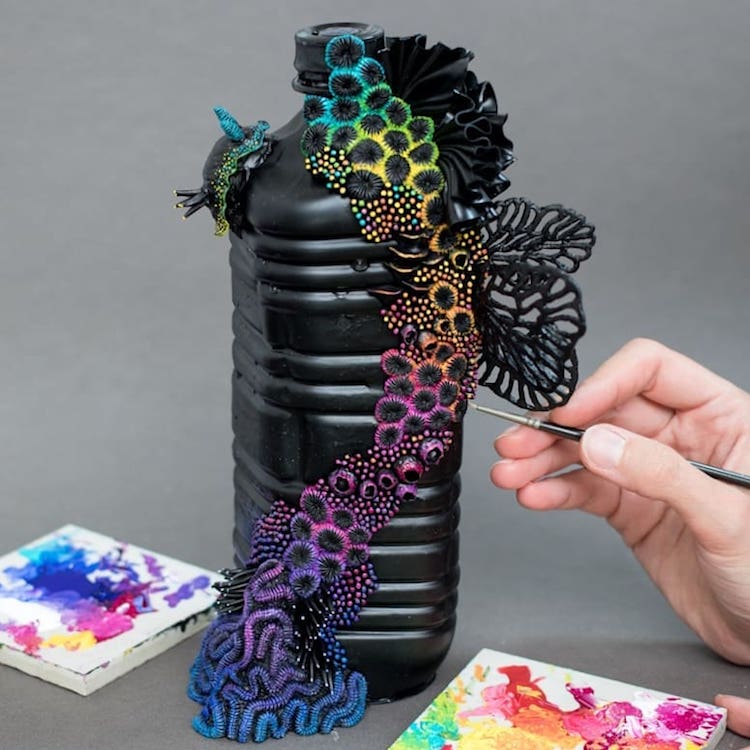
Inspired by our planet’s biodiversity, artist Stephanie Kilgast creates sculptures that reflect the relationship between man and nature. For her ongoing Discarded Objects series, she transforms human-made objects (such as old food cans and plastic bottles) into tiny ecosystems, where colorful bursts of life have claimed trash as their new homes.
From vibrant clusters of coral growing on drinking cans to a family of sea slugs congregating on a plastic bottle, Kilgast’s work visualizes plastic pollution and the effects it has on ocean wildlife. Despite the tragic theme, the artist’s colorful work has a cheerful feel to it, reminding us that nature has the ability to recuperate and grow back—if we consume less. “Life fascinates me. Textures and patterns excite me. Sculpting makes me happy,” says Kilgast. “Destructive human activities push me into despair. Emotions drive me insane. Creating art balances everything out.”
From tiny sea turtles to rainbow-hued fungi, each individual element is carefully hand-sculpted in either polymer or epoxy clay. Once set into place, Kilgast then paints the tiny components in vibrant hues, allowing the entire piece to come to life. “With my choice of bold and vibrant colors, I offer a cheerful post-apocalyptic world,” says Kilgast. “While I talk about a heavy subject, the disastrous impact of human activities, I also wish that people leave my work with a feeling of happiness and hope, and keep fighting.”
Check out some of Kilgast’s Discarded Objects sculptures below and find more from her portfolio on her website.
Stephanie Kilgast creates sculptures that reflect the relationship between man and nature.
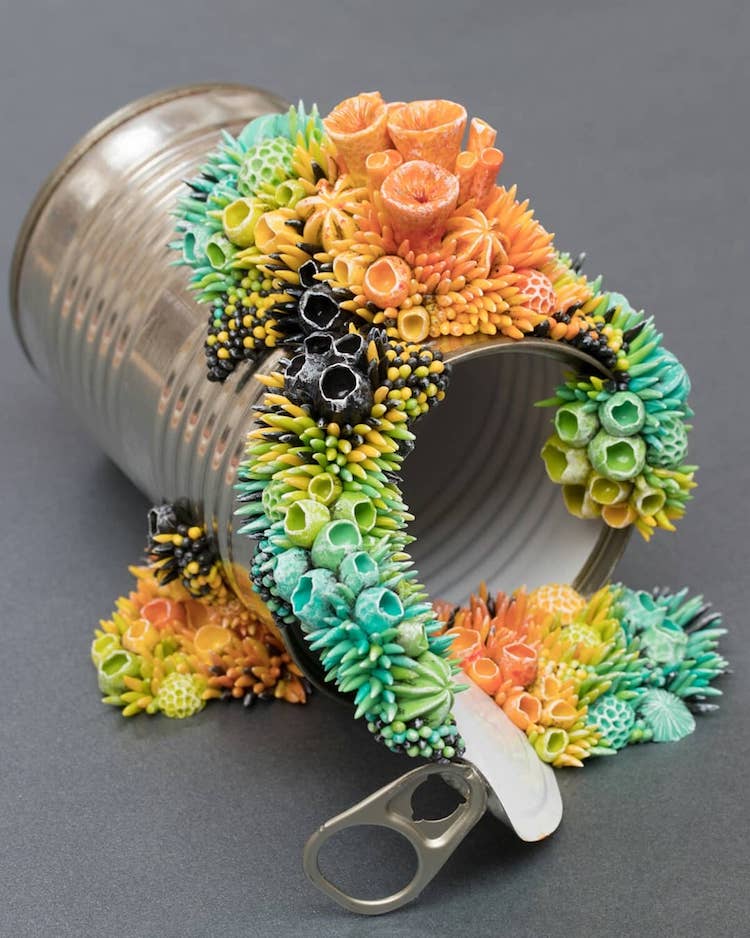
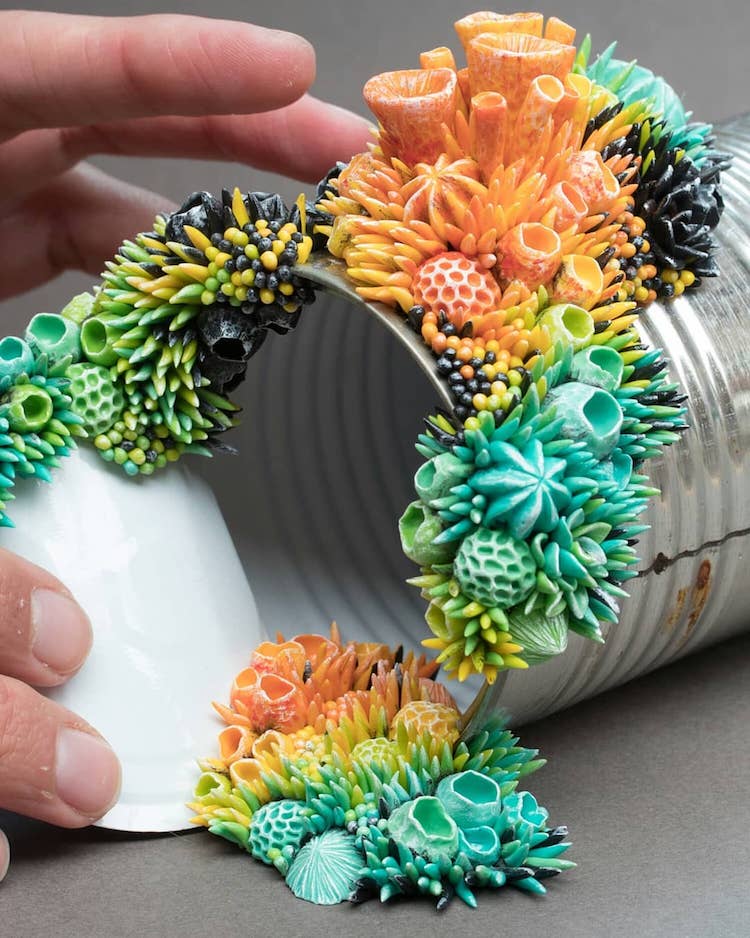
For her ongoing Discarded Objects series, she transforms human-made, discarded objects into tiny ecosystems.
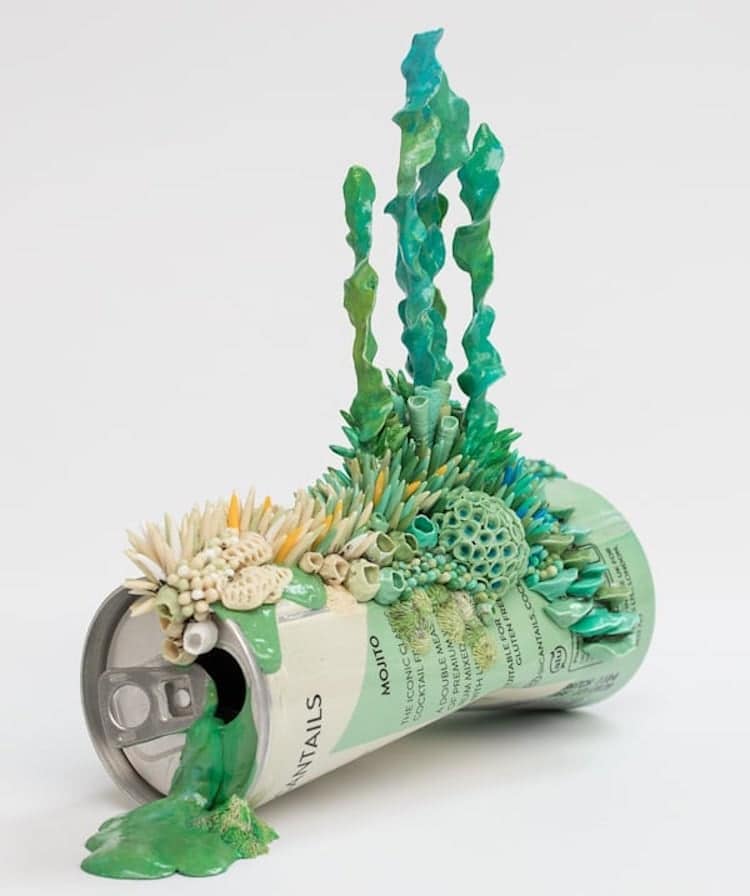
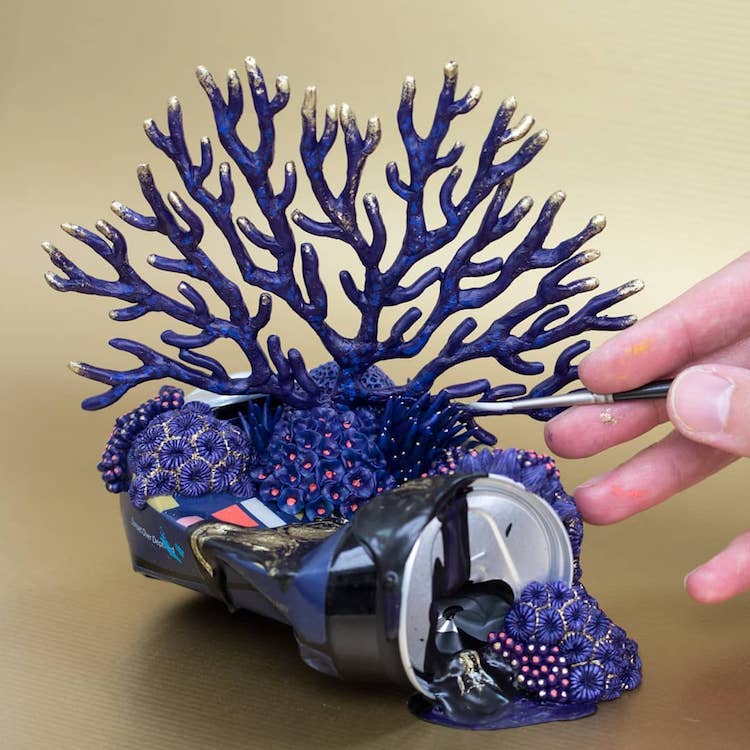
Each piece reflects the issues surrounding plastic waste and the effect it has on ocean wildlife.
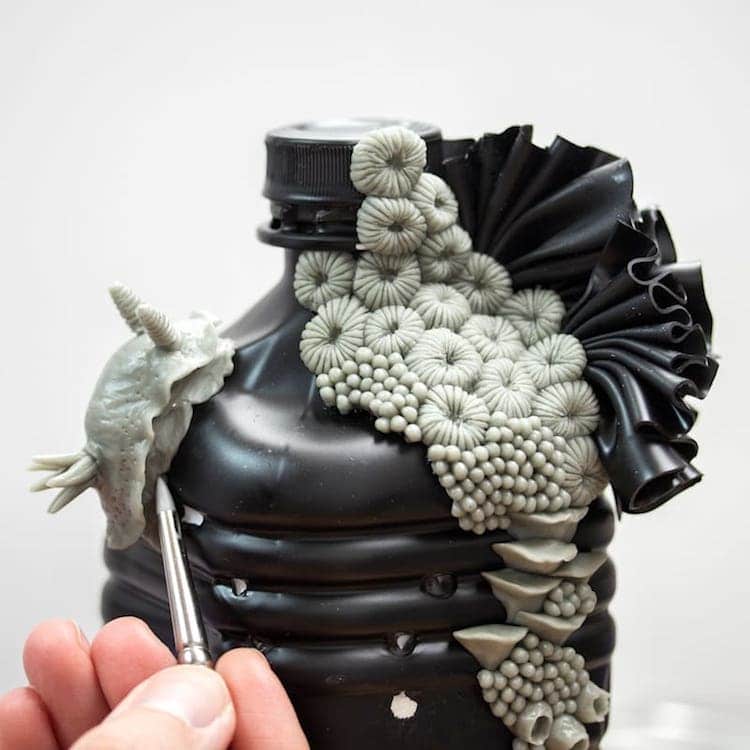
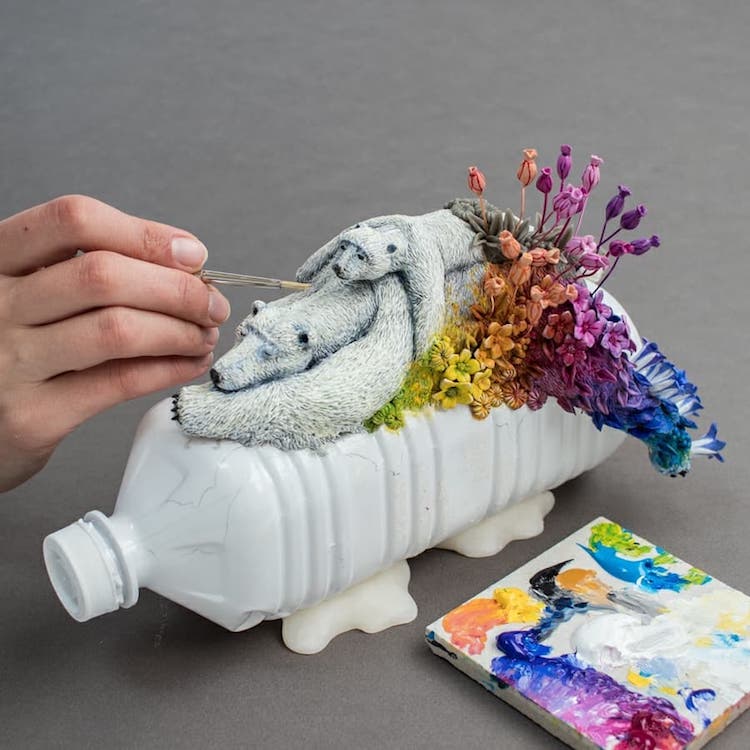
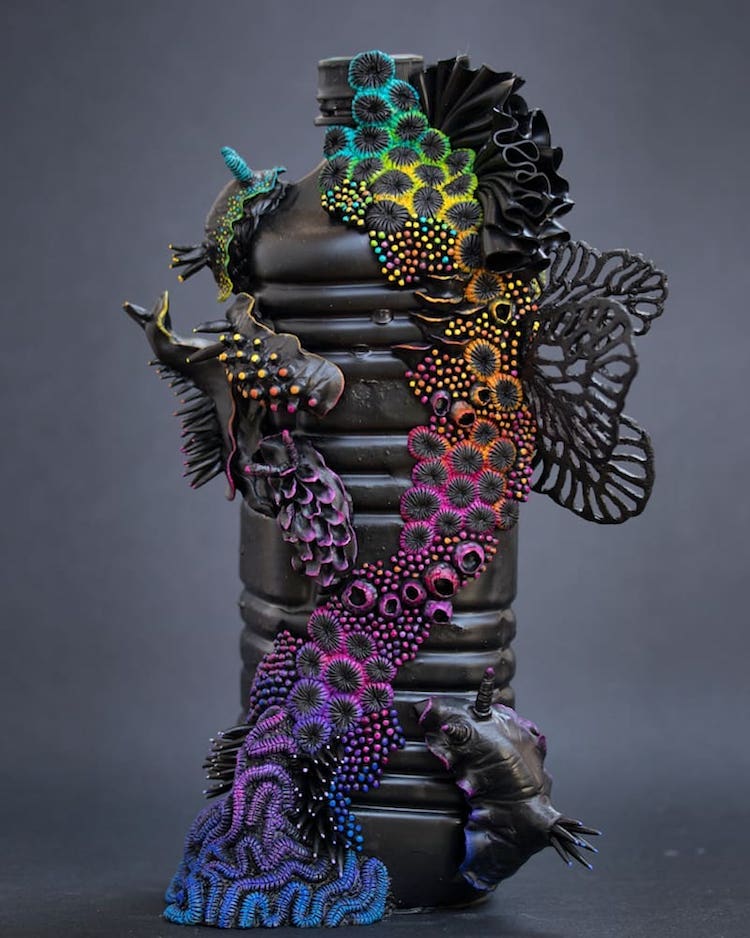
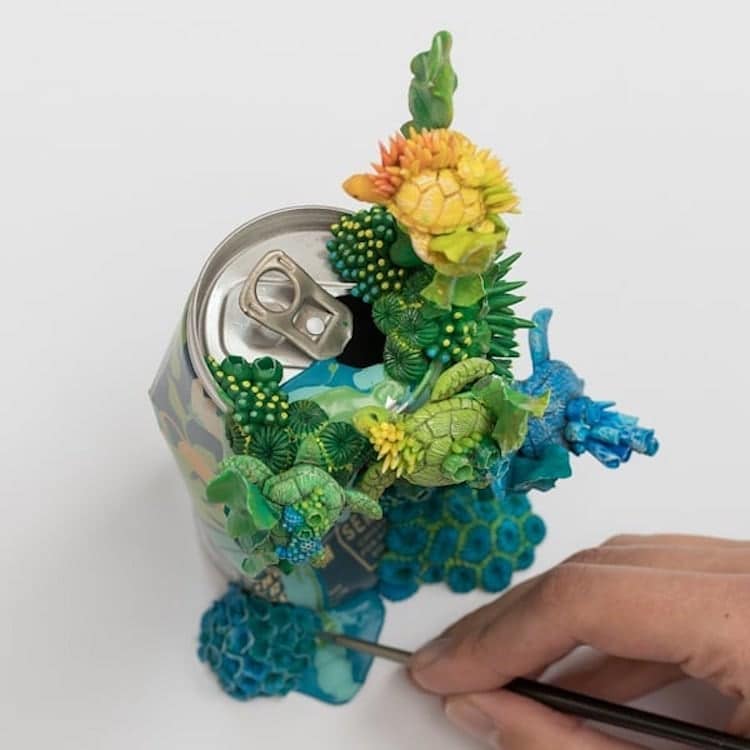

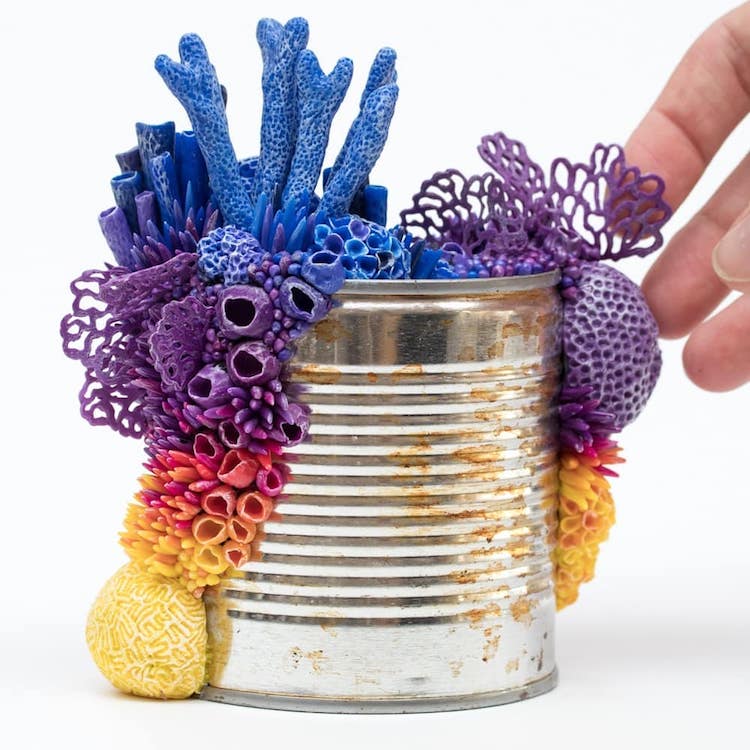
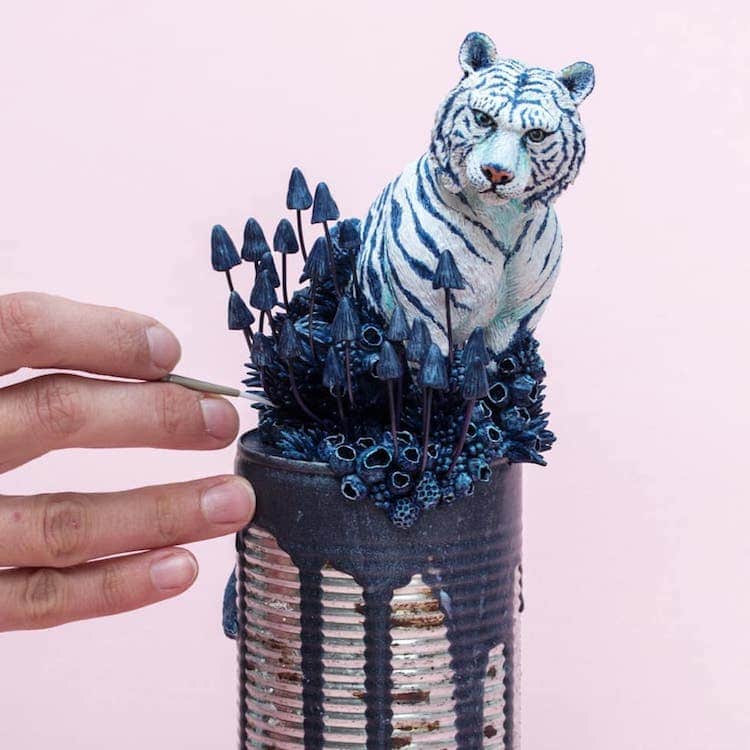
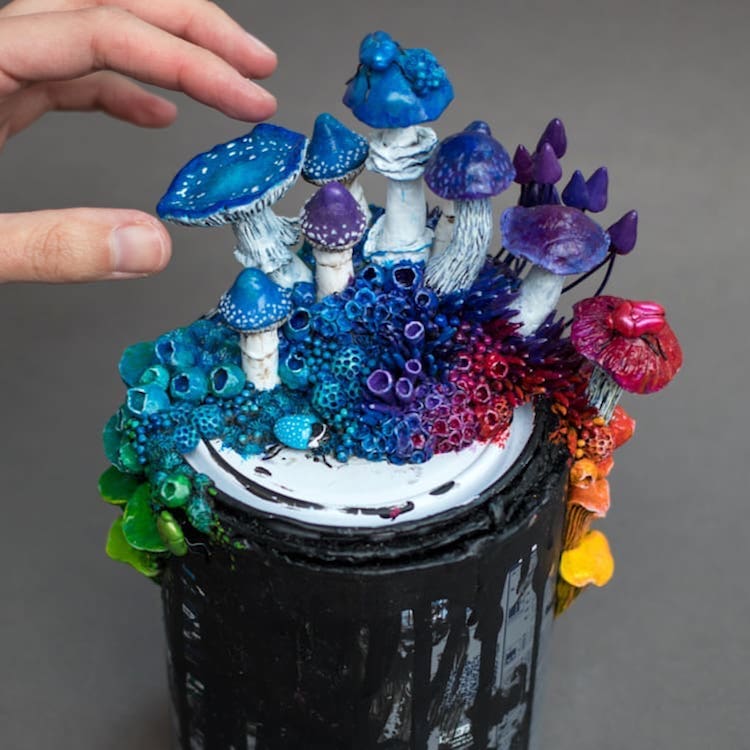
Watch the artist in action.
Stephanie Kilgast: Website | Facebook | Instagram | Twitter | YouTube | Tumblr
My Modern Met granted permission to feature photos by Stephanie Kilgast.
Related Articles:
Poignant Sculptures of Weeping Women Embrace the Loss and Ultimate Regeneration of Life
Artist Paints Imaginary Ecosystems Bursting With Colorful Flora and Fauna
Multicolored Paper Art of the Human Microbiome Mimics Textures Found in Coral Reefs














































































